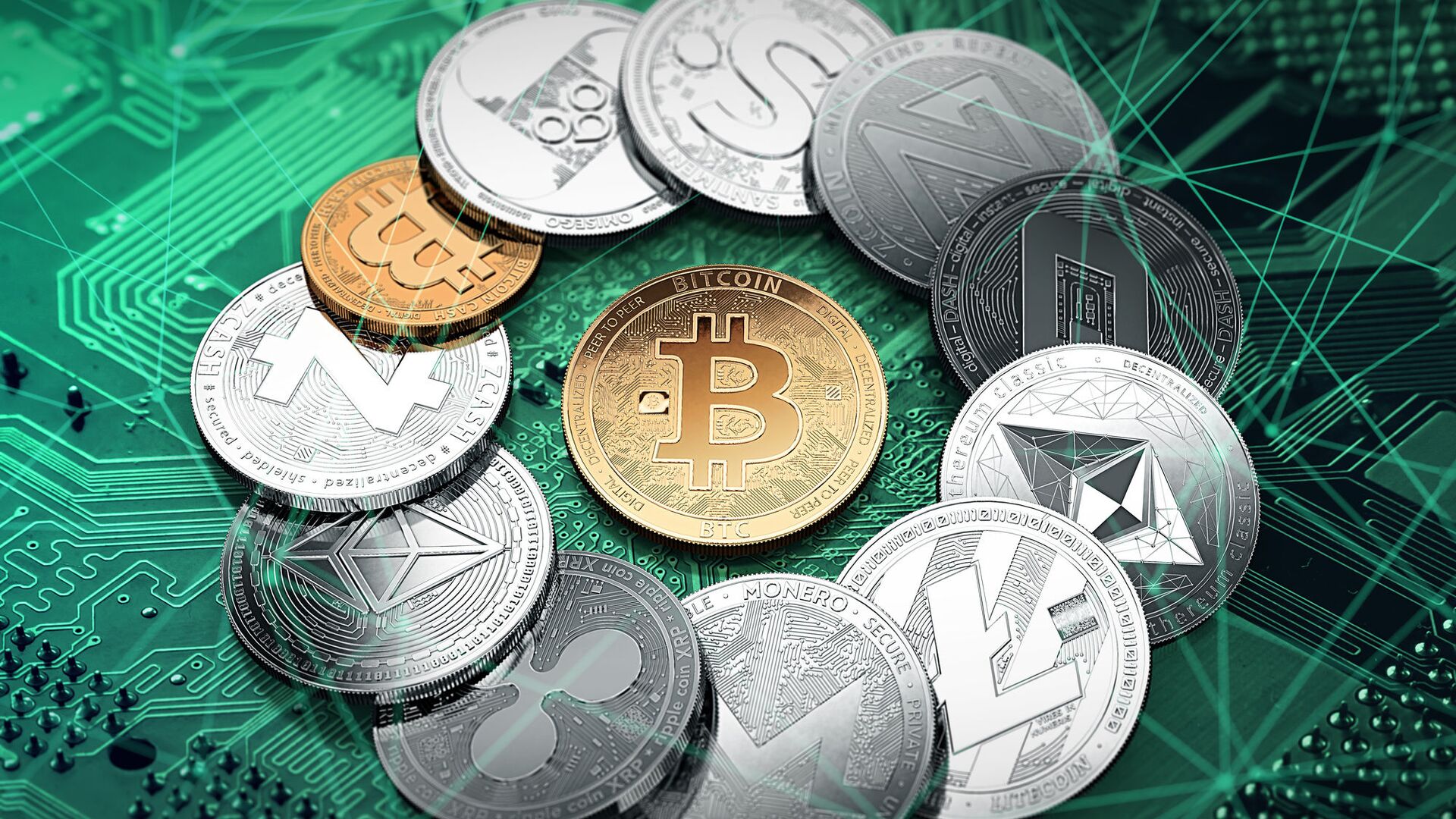Top 10 World’s Virtual Currency Rankings, Global Cryptocurrency Leaderboard
As of my last update in September 2021, here is a more detailed explanation of the top 10 cryptocurrencies by market capitalization:
1. Bitcoin (BTC):
Bitcoin is the first and most well-known cryptocurrency, created in 2009 by an anonymous person or group of people using the pseudonym Satoshi Nakamoto. It operates on a decentralized blockchain, and its main use case is as a store of value and a digital alternative to traditional currencies. Bitcoin’s decentralized nature and limited supply (capped at 21 million coins) have contributed to its status as “digital gold.”
2. Ethereum (ETH):
Ethereum is a decentralized blockchain platform launched in 2015 by Vitalik Buterin and others. Unlike Bitcoin, Ethereum’s primary purpose is not just as a digital currency but also as a smart contract platform. It enables developers to build and deploy decentralized applications (DApps) on its blockchain, utilizing its native cryptocurrency, Ether (ETH), to pay for transactions and computational services.
3. Binance Coin (BNB):
Binance Coin is the native cryptocurrency of the Binance exchange, one of the largest and most popular cryptocurrency exchanges globally. BNB was initially launched as an ERC-20 token on the Ethereum blockchain but later migrated to Binance’s own blockchain, Binance Smart Chain (BSC). BNB is used to pay for transaction fees on the Binance exchange and has various use cases within the Binance ecosystem.
4. Cardano (ADA):
Cardano is a blockchain platform that aims to provide a secure and scalable infrastructure for the development and deployment of smart contracts and DApps. It uses a proof-of-stake consensus mechanism, which is considered more energy-efficient than Bitcoin’s proof-of-work. Cardano’s development is backed by a research-driven approach and a team of academics and engineers.
5. XRP (XRP):
XRP is the native digital asset of the Ripple network, which is designed to facilitate fast and low-cost cross-border payments and remittances. Ripple Labs, the company behind the XRP Ledger, aims to work with banks and financial institutions to improve the efficiency of global money transfers.
6. Dogecoin (DOGE):
Dogecoin was created in 2013 as a lighthearted and fun cryptocurrency, featuring the Shiba Inu dog from the “Doge” meme as its logo. Despite its origins as a joke, Dogecoin gained a strong following and community, particularly on social media platforms. It became known for its charitable efforts and tipping culture.
7. Polkadot (DOT):
Polkadot is a multi-chain blockchain platform designed to enable interoperability between different blockchains. It allows independent blockchains to exchange information and assets while maintaining their sovereignty. Polkadot’s goal is to create a scalable and connected blockchain ecosystem.
8. Bitcoin Cash (BCH):
Bitcoin Cash is a fork of Bitcoin that was created in 2017 to address scalability issues. It increased the block size limit, allowing for more transactions to be processed in each block. Bitcoin Cash aims to be a faster and more efficient version of Bitcoin for everyday transactions.
9. Litecoin (LTC):
Litecoin, created by Charlie Lee in 2011, is often referred to as the “silver to Bitcoin’s gold.” It is a peer-to-peer cryptocurrency that operates on a similar blockchain to Bitcoin, with some differences in mining algorithm and transaction speed. Litecoin’s primary goal is to provide faster and cheaper transactions than Bitcoin.
10. Chainlink (LINK):
Chainlink is a decentralized oracle network that connects smart contracts with real-world data, enabling them to access external information securely. Chainlink’s decentralized approach to data feeds is crucial for the execution of smart contracts that require external data, making it a vital component of the broader blockchain ecosystem.
Please note that the cryptocurrency market is highly dynamic, and the rankings can change rapidly due to various factors such as market sentiment, technological developments, regulatory changes, and adoption trends. Always ensure you conduct thorough research and stay updated with the latest information before making any investment decisions in the cryptocurrency space.

